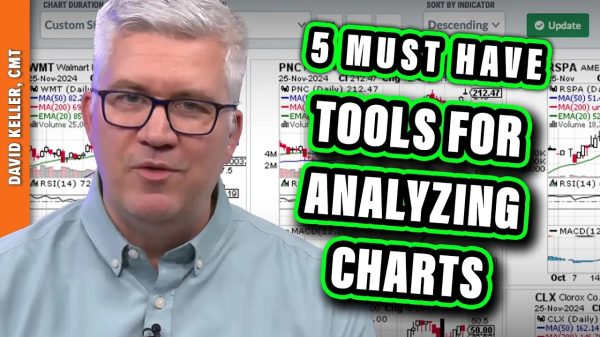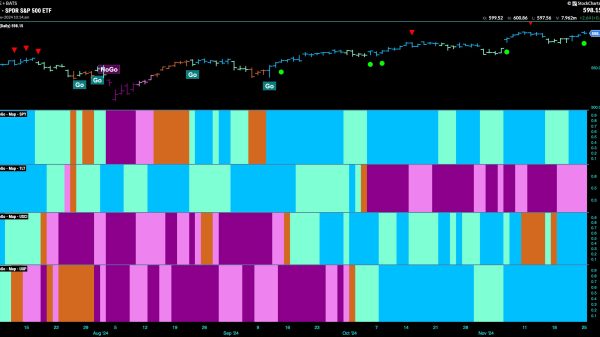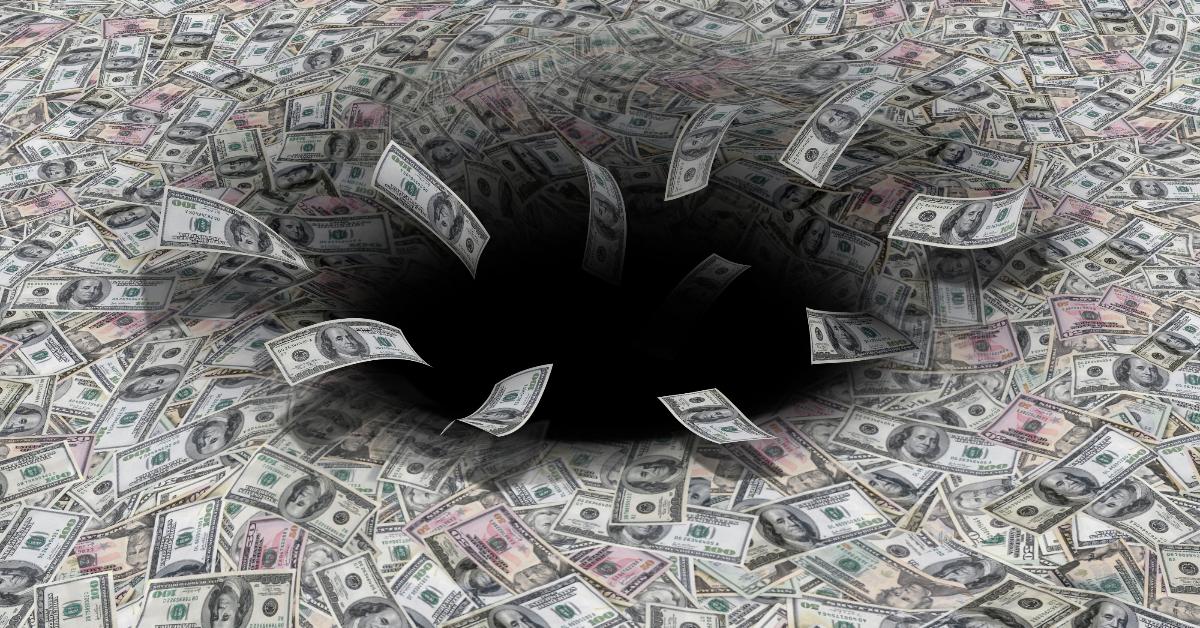The threat of hyperinflation has haunted fiat money economies throughout history. Although past empires crumbled under the weight of unrestrained money printing, modern bankers at the Federal Reserve assure us that today’s financial system is immune to such a fate. Austrian business cycle theory, however, reveals that current economic stimulation may be propelling us toward a crisis of catastrophic proportions: a crack-up boom that marks the dramatic end of this boom-and-bust cycle. When a central bank expands the money supply to reinflate bubbles, it destroys the currency’s purchasing power. This endgame, in which the monetary system crumbles beneath a weak economy, represents the ultimate failure of interventionism. Once the public expects prices to keep rising, hyperinflation becomes a self-fulfilling prophecy.
The Expanding Boom-and-Bust Cycle Ends in a Crack-Up Boom
To comprehend the precarious state of America’s monetary system, we must first review the boom-and-bust cycle as formulated by Ludwig von Mises and the Austrian school. The Austrians observed that the artificial suppression of interest rates by a central bank initiates an unsustainable economic boom by promoting malinvestment. Pushing rates below natural market levels sends a distorted signal to businesses that long-term capital investment is more profitable than the economy can actually support. In the euphoric boom phase, jobs multiply and GDP grows with investment. But the investments lack economic merit, so the house of cards eventually collapses.
With the liquidation of malinvestments, the bust phase emerges: unemployment soars, output contracts, and a recession begins. Since the investments were built on quicksand, they must unwind. Each failed business further curtails consumer spending, rippling the bust through the economy. But rather than letting liquidation and market corrections occur, policymakers add stimulus, setting up a larger bubble and more painful bust down the line.
At this point, people panic and exchange currency for real assets before rapid devaluation consumes their savings. As the crack-up boom picks up steam, the demand for money plummets while prices of real goods skyrocket, leading to hyperinflation. This psychological shift marks the event horizon where monetary policy is rendered impotent. Mises describes the nature of this crisis:
This phenomenon was, in the great European inflations of the ’20s, called flight into real goods (Flucht in die Sachwerte) or crack-up boom (Katastrophenhausse). The mathematical economists are at a loss to comprehend the causal relation between the increase in the quantity of money and what they call “velocity of circulation.”
The characteristic mark of the phenomenon is that the increase in the quantity of money causes a fall in the demand for money. The tendency toward a fall in purchasing power as generated by the increased supply of money is intensified by the general propensity to restrict cash holdings which it brings about. Eventually a point is reached where the prices at which people would be prepared to part with “real” goods discount to such an extent the expected progress in the fall of purchasing power that nobody has a sufficient amount of cash at hand to pay them.
The monetary system breaks down; all transactions in the money concerned cease; a panic makes its purchasing power vanish altogether. People return either to barter or to the use of another kind of money.
The crack-up brings the unsustainable, debt-fueled boom to a catastrophic end. Personal savings are wiped out along with the monetary system’s credibility. Society becomes less stable as the populace loses faith in institutions and scrambles for resources. The economy finds its ultimate bottom not in recession but in the total decay of the currency itself.
The Facade of Stability
Today, deficits balloon out of control as a result of efforts to sustain demand. Rather than allowing healthy corrections, the Fed piles on monetary stimulus at the first signs of financial crisis. Like an addict, the economy needs increasingly larger doses to maintain the status quo. But this trajectory of interventionism cannot persist forever without severe consequences: the Faustian bargain of trading long-term stability for short-term gain will backfire catastrophically.
With each intervention, the Fed suppresses market corrections, inflates asset bubbles, and encourages high-risk debt. This constant flood of stimulus promotes moral hazard as it optimizes the economy for speculation while curtailing organic productivity. How much longer can this monetary dance along the precipice of hyperinflation continue before the dollar plunges into the abyss?
Despite the veneer of stability, individuals sense that the economy rests on a precarious foundation of debt and deceit. They intuitively grasp that capitalism has metamorphosed into a cronyism that disproportionately rewards those with political connections in an amalgamation of concentrated power, unrestrained money creation, and escalating inequality.
The Mirage of Reform
Hoping for a return to monetary and fiscal restraint may prove naively optimistic. Exercising prudence would require immense political courage and social responsibility, qualities rarely exhibited in politics. Politicians face overwhelming incentives to maintain short-term stability through stimulus, spending, and low rates. And restructuring programs with enormous and unfunded liabilities like Medicare and Social Security would spur public backlash, even if it was fiscally prudent.
After decades of excess, the economy is addicted to perpetual stimulus and deficit spending. The prevailing social mindset assumes that unending, debt-fueled growth is the natural state of affairs. With little political will for discipline, reform may depend on a crisis to force change. In the meantime, politicians, paralyzed by the status quo, are unlikely to make the difficult choices that could preempt such a crisis.
It is all but inevitable that central banks will continue expanding the money supply to delay the day of reckoning and preserve the facade until the inevitable hyperinflationary crack-up boom, although the sheer weight of debt alone may produce this outcome. Promises of reform have been made, only to go unfulfilled. In order to prevent disaster, we must fundamentally rethink our monetary and fiscal policies against the temptations of short-term political gain. To quote Ayn Rand:
Just as a man can evade reality and act on the blind whim of any given moment, but can achieve nothing save progressive self-destruction—so a society can evade reality and establish a system ruled by the blind whims of its members or its leader, by the majority gang of any given moment, by the current demagogue or by a permanent dictator. But such a society can achieve nothing save the rule of brute force and a state of progressive self-destruction.
The Erosion of Centralized Control
A crack-up boom would erode the power of the federal government: with a dramatic fall in the currency’s purchasing power, the administration’s ability to fund programs and institutions would deteriorate, the Treasury would go bankrupt, and the government would have to either massively downsize or attempt to fund operations by printing even more money. Along with the value of the promissory notes, trust in centralized authority would evaporate.
With the federal government weakened and desperate, power would naturally shift back to individuals and their local communities. When faced with harsh economic realities, communities depend on themselves rather than flailing national policy. Individuals and communities should strengthen their local networks to weather the coming storm, increasing local involvement and forging bonds of cooperation. Joining area organizations and neighborhood groups can foster mutually beneficial relationships and support systems, invaluable resources for when the currency buckles. With shared purpose, communities enhance their capacity to withstand the crisis.
Equally vital are the practical skills and knowledge that can provide real value to others when centralized systems fray. Pursuing expertise in food production, energy generation, medicine, engineering, and other technical fields equips people to meet local needs. In these ways, proactive societies can cultivate the true source of lasting wealth: strong social webs and skilled human capital. Global forces are beyond local influence, but strong communities retain some control over their destiny, even in hyperinflation’s wake.
Praxeological reflection, the methodology of Austrian economics, can expose the unsound foundations that stretch currencies to their breaking point. It cannot foresee when hyperinflation will arrive, but it can point to the causes and guide human action toward stability and prosperity.
























